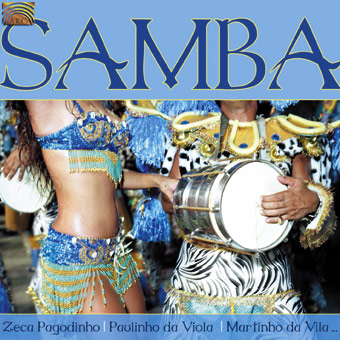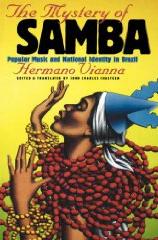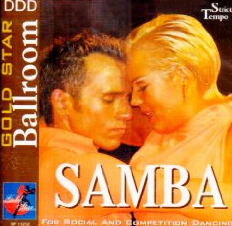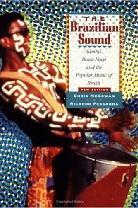|
The origins of the Samba can be traced back to the early days of Brazil where it developed out of a combination of rhythms and musical traditions brought to Brazil by West African slaves as well as those belonging to South American Indians and the Portuguese people. Samba was first introduced in the United States in the late 1920's in the Broadway play called "Street Carnival." In 1956, Pierre Lavelle formalised the ballroom dance steps of the Samba, however, ballroom is only one variety of Samba dancing.     Men also perform the same characteristic foot movements, but with limited hip and shoulder gyrations. Men dance around the women, gracefully incorporating emphatic hops, flamboyant jumps, and graceful spins.
Variously coupled or combined and often with small variations in body or foot position, these two movements create the Samba moves. A move is loosely defined as any sequence of six steps. When you combine the two basic movements, they make up the six steps of the first move, the Forward Basic. The Lady facing the Man will perform steps complimenting his. So if the Man moves his left foot forward, the Lady will move her right foot back and visa versa and so on. |
Bolero | Cha-Cha-Cha | Charleston | Fox Trot | Disco | Irish Jig | Mambo | Merengue | Minuet | Paso Doble
Polonaise | Rhumba | Swing | Tango | Twist | Waltz | 'Champion' | Dance Trivia | Who am I ? | Main Page
Samba dancing 'works' best, better only, with
 Chris from Great Britain
Chris from Great BritainPage Design by Me © all rights reserved